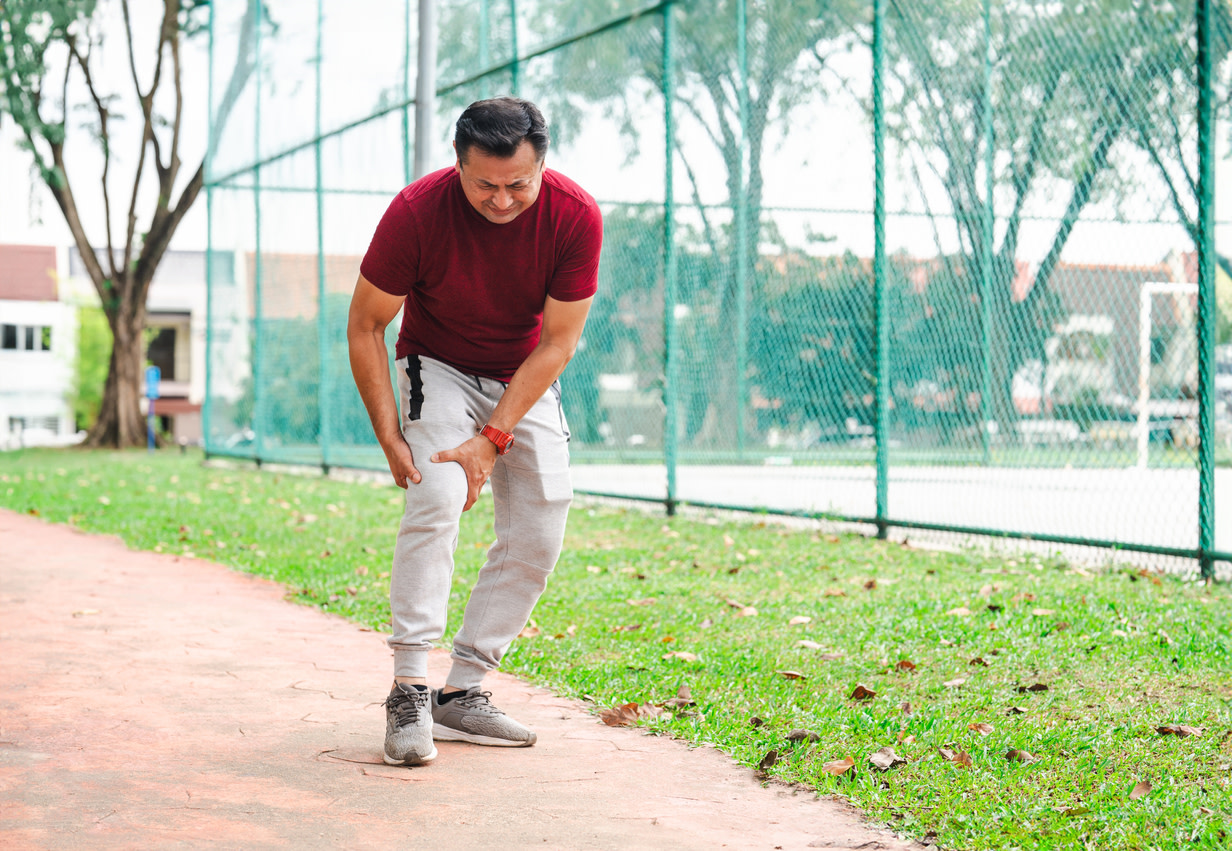Quadriceps Tendonitis: Signs You Have It and How to Treat It
Pain from quadriceps tendonitis can make many daily activities more challenging, but these PT-approved leg exercises can help.
$0 costo para usted
Última actualización: Sep 1, 2025
El índice
Fully covered knee pain relief
Find relief from knee pain, knee locking, stiff knees, & more.
Check if I'm eligibleQuadriceps Tendinitis Exercises: 7 PT-Approved Moves
¿Quieres atención de expertos? Consulta si estás cubierto por nuestro programa gratuito →- Quad Set
- Straight Leg Raise
- Mini Squat
- Knee Extension with Band
- Hamstring Curl
- Calf Raises
- Lateral Step Up
